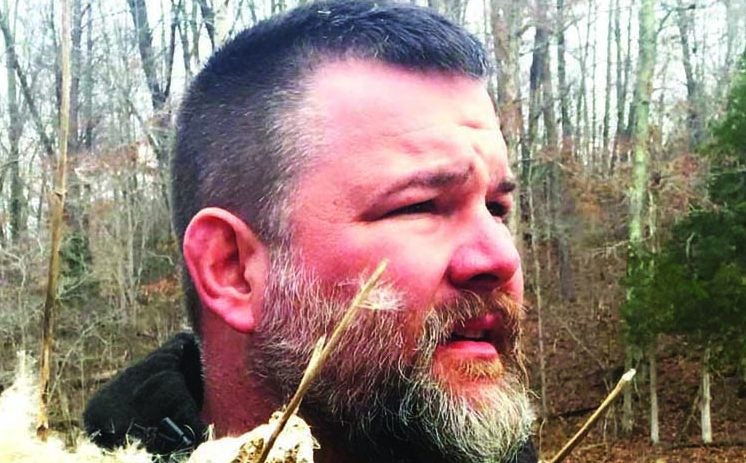CAUDILL: Statistics point the way to safety
Published 1:30 pm Friday, December 20, 2019

- Craig Caudill is a lifelong resident of Winchester and serves as director of Nature Reliance School.
For those that follow me regularly, you know I am a statistics nerd and not ashamed about it.
The University of Kentucky made me that way. Most kids that take a statistics class dread it. Not this guy, I loved it and took advanced courses throughout my path at UK.
I like helping people understand safety as it relates to the statistics of real life, not emotionally charged fear-mongering.
It is why I loved a recent Nature Reliance Media podcast that my friend Tracy Trimble put together on search and rescue (SAR) related events in National Parks.
Tracy is an instructor with Nature Reliance School and an active SAR volunteer with Wolfe County SAR in Kentucky. Tracy shared the highest percentage reasons for SAR callouts in those national parks for 2017.
I think this gives us a window into how things are likely to occur in all wild places. My goal is for you to pay attention so you can prevent these from happening to yourself and those you care about.
Fatigue and physical conditioning accounted for 23 percent of these callouts.
My advice is to get in shape and know your limits. Knowing your limits is easy to acknowledge. Getting in shape may be a bit harder, but it opens so many other opportunities, it is worth it.
Error in judgment accounted for 19 percent of these events.
This percentage seems a bit vague but could easily include choosing the wrong trail or wearing the wrong shoes.
One thing that surprises me about people who regularly hike here in Kentucky is the number of people who think all trails make loops back to your starting point. Few do.
Most trails lead somewhere else. Know your trails before you get on them by getting a trail map.
Falls took in 10 percent of these calls.
Falls can range from falling from a technical climb on a rock face to tripping over a root and breaking your arm. There are several ways to prevent these.
If you are a climber or like to rappel, check your knots, recheck them, and get someone else to check them. For the average fall when hiking, falling is a preventable problem using situational awareness.
Slippery surfaces, exposed rocks, roots, or similar all deserve special attention.
Insufficient gear, clothing, or experience took in 8 percent of these callouts.
I don’t know how that percentage compares to the Red River Gorge (RRG) callouts but I am guessing that percentage is higher for the RRG.
I am not a SAR volunteer, but I get to train with them often and hear what they encounter.
It seems many people go into the RRG without any gear, wearing flip flops and have no water with them. That is a situation that is looking for trouble.
Darkness gathers in another 6 percent, along with another 4 percent labeled as an “inattention to surroundings,” and another 4 percent labeled as “weather and heat.”
I am lumping these together because pre-planning can fix nearly all of them. I love spur of the moment trips to the wilderness as well.
I tried to do it yesterday (I am writing this on Tuesday morning). I headed out to go hike in the rain, but when I got there, the thunder and lightning started unexpectedly, so I chose not to go. I hear people say regularly, “I went against my better judgment.” I don’t do that. I assess the weather, pay attention to my surroundings, and then make decisions based upon that information.
I love the outdoors. I suppose you love it too. Just be smart about it, and you can continue to go again and again safely. If you do that, we will most likely see one another somewhere on, or off, the trail.
Craig Caudill is a lifelong resident of Winchester and serves as director of Nature Reliance School. He is the author of “Extreme Wilderness Survival,” “Ultimate Wilderness Gear” and “Essential Wilderness Navigation.” Contact Craig at info@naturereliance.org or through any of the various social media platforms available.





